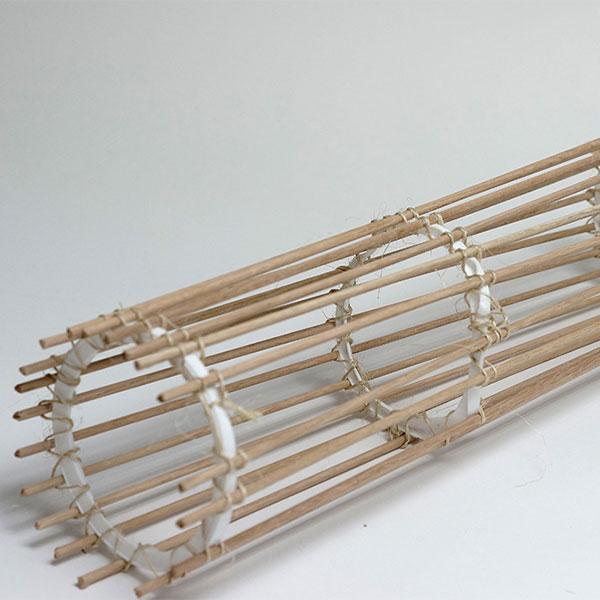Fishing has long been a cherished hobby, sport, and way of life for many cultures. While catching fish is enjoyable, knowing how to clean one is an essential skill. This guide will help you master fish cleaning, whether for survival, sport, or daily life. With practice, the process can be efficient and relatively mess-free.
Materials Needed
- Sharp knife or scissors (a dull knife is unsafe)
- Source of water
- Plastic zipper bag
- Cutting board (optional)
- Waste container or bag for disposing of guts
Important: Before cleaning, check local laws to determine if fish guts can be discarded onsite or must be carried out. Rinse the fish with water to remove any dirt, grass, or debris before beginning.
Optional: If you prefer fish without scales, descale the fish before cleaning. Use a knife or spoon to scrape the scales from tail to head.
Step-by-Step Guide
Step 1: Make the First Cut
Grip the fish by inserting your thumb into the gill area to prevent slipping. Insert the tip of the knife or scissors into the soft indentations beneath the jawbone at the throat. Cut through this area, slicing away from yourself.
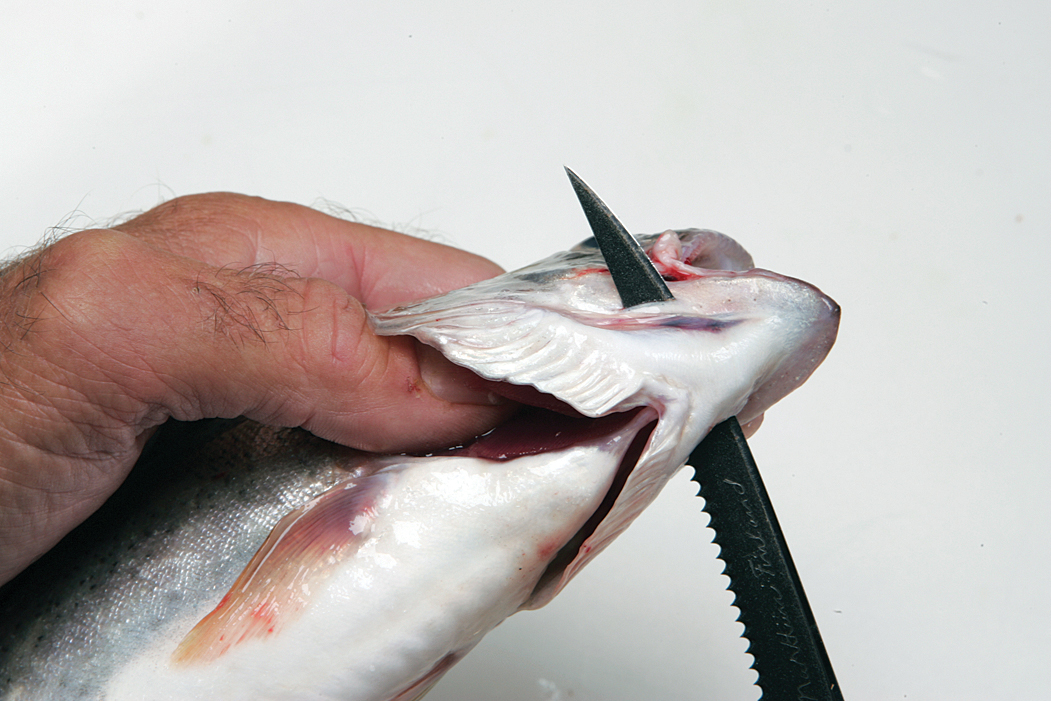
Step 2: Open the Belly
Insert the knife into the small anal pore near the tail and carefully cut forward toward the head along the belly. Avoid cutting too deeply to prevent puncturing the innards, which could make the process messier.
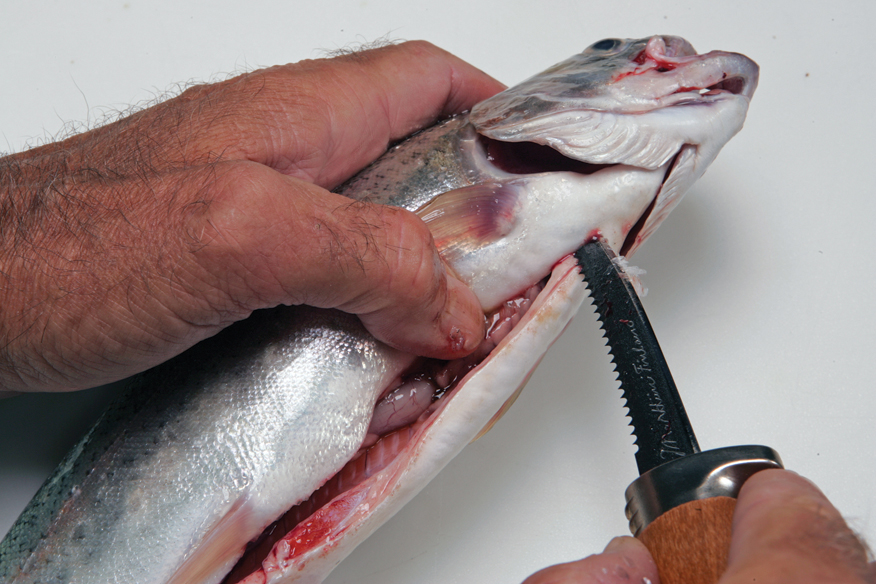
Step 3: Remove the Guts
Hold the fish with its belly facing up. Firmly grasp the head, insert a finger into the opening at the throat, and pull down toward the tail. This will remove the gills and intestines in one motion.
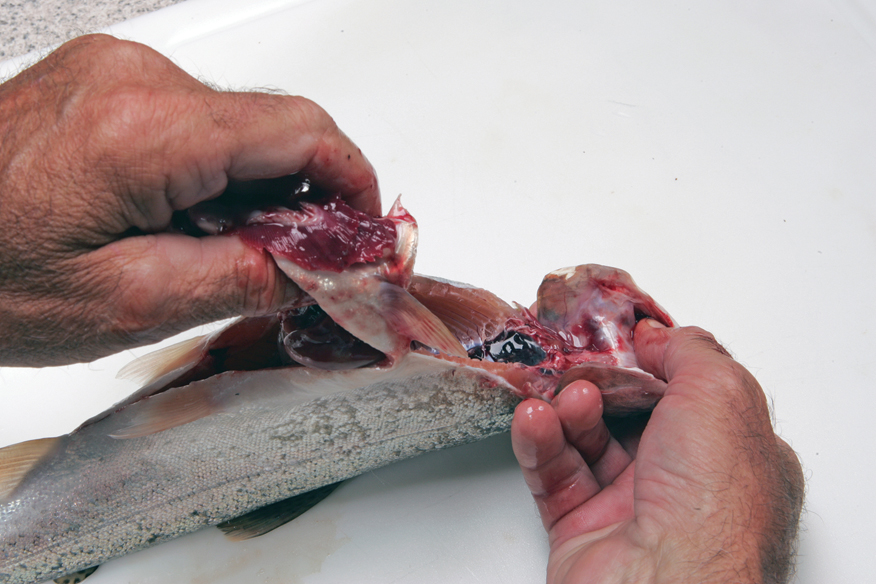
Step 4: Remove the Kidney
Inside the fish's cavity, a dark red line along the spine represents the kidney. Use your knife to make a slit along this line and scrape out the blood using your thumb or a spoon. Repeat until all blood is removed.
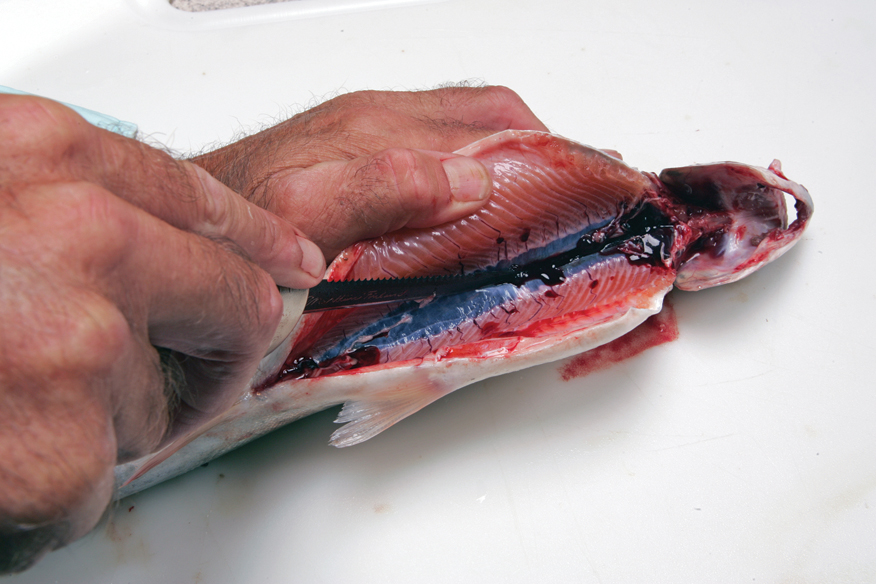
Step 5: Rinse and Finalize
Rinse the fish thoroughly to remove any remaining blood or debris. The fish is now cleaned and ready to cook. Some popular preparation methods include pan-frying, baking, and grilling. Find your favorite!
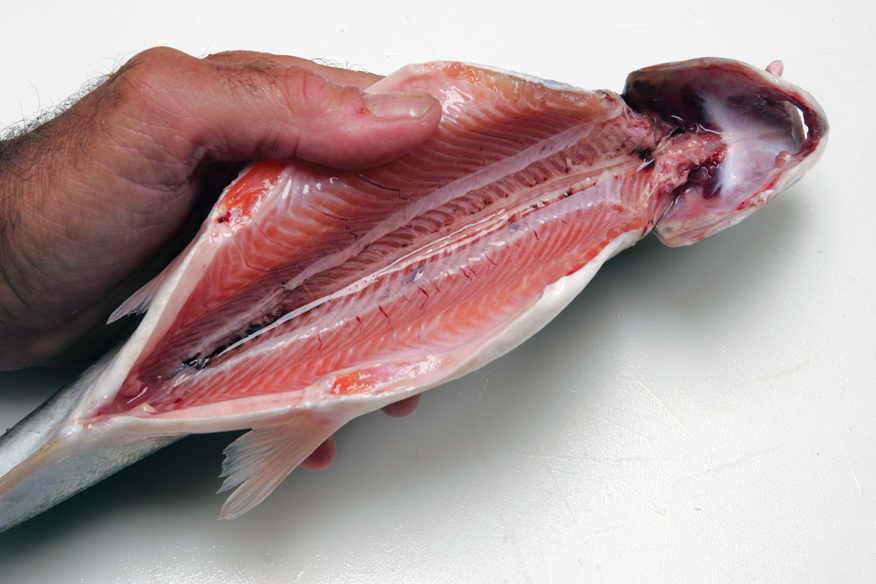
Tips and Tricks
Have a favorite way to clean or cook fish? Share your tips and recipes in the comments below. We’d love to hear about your experiences!













